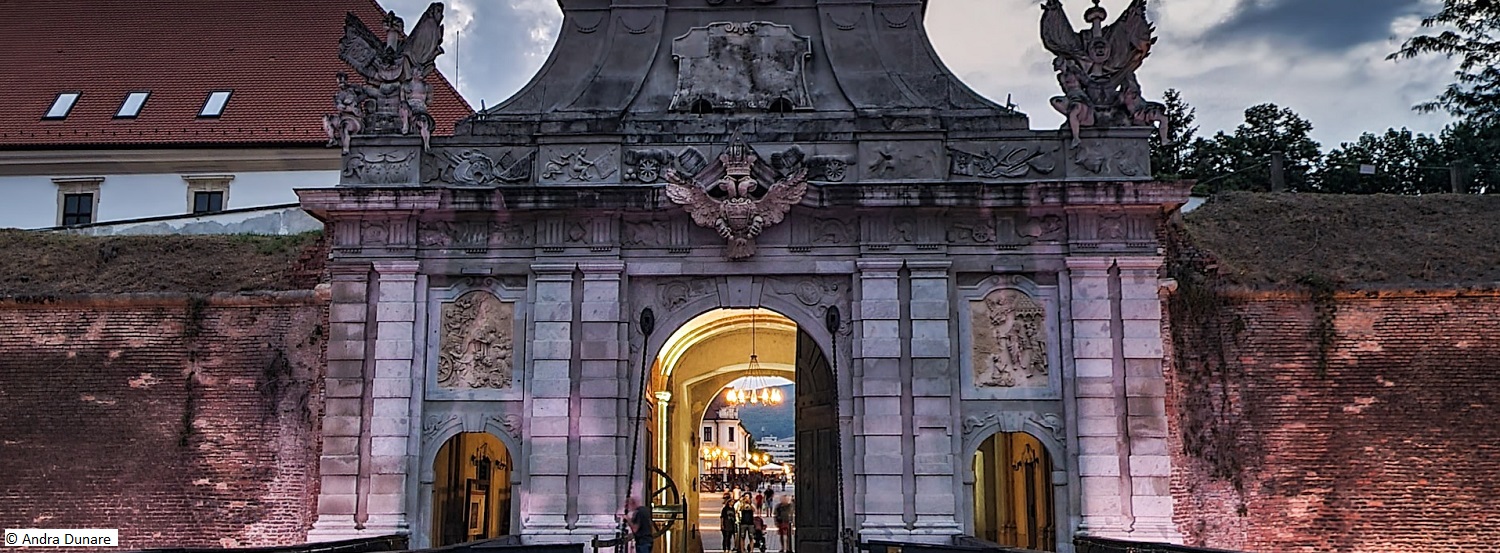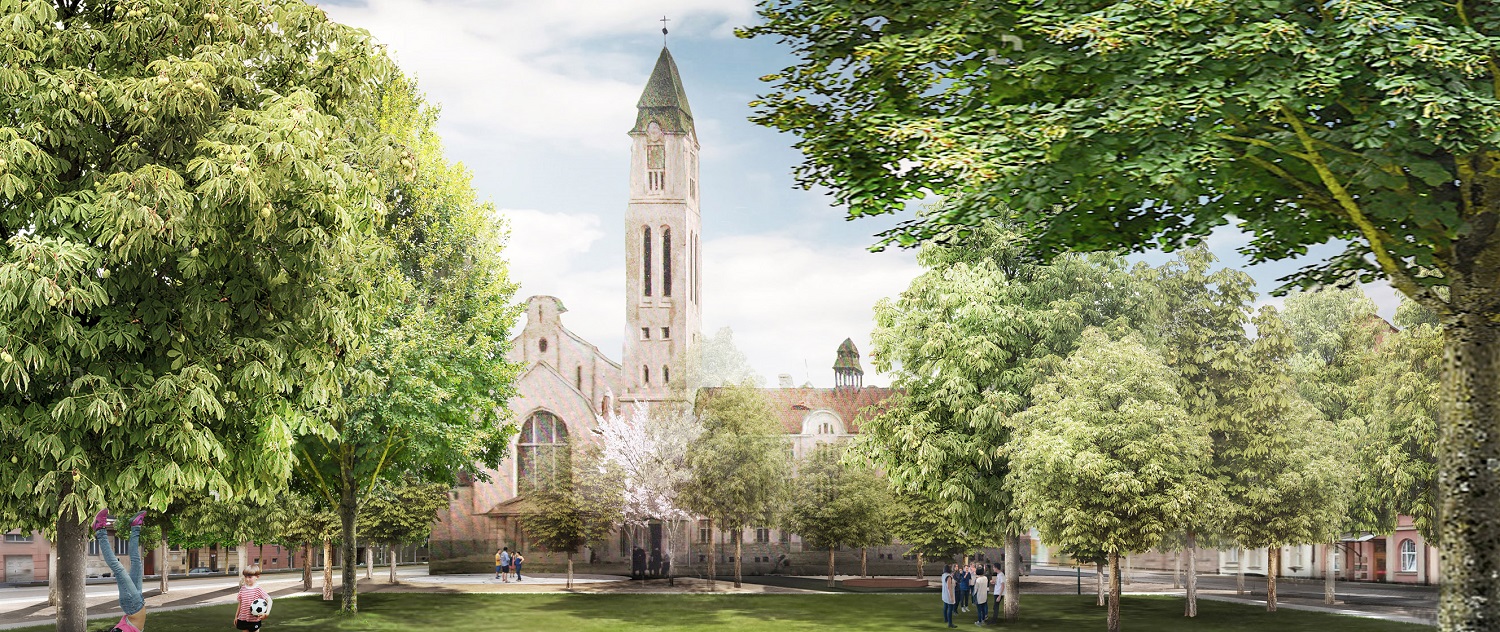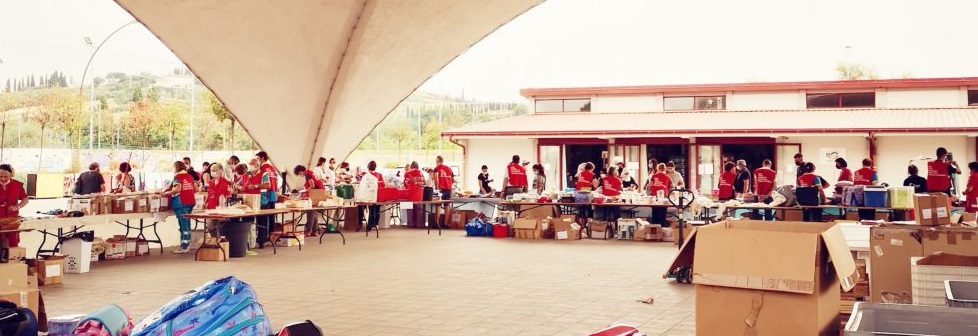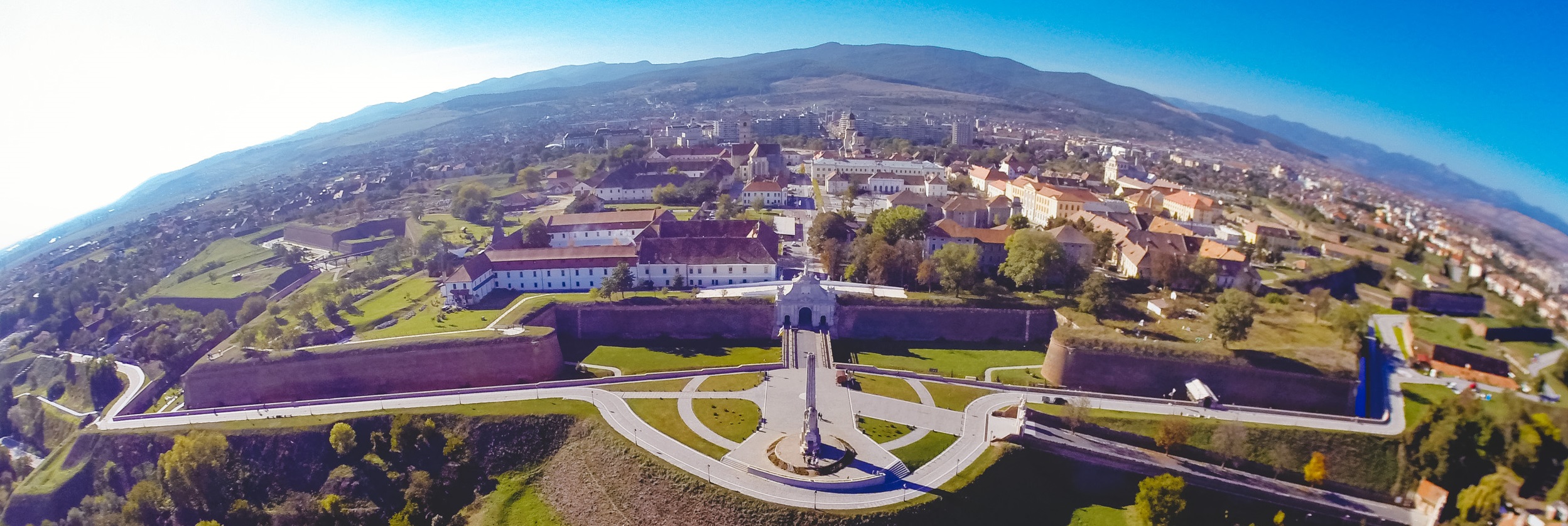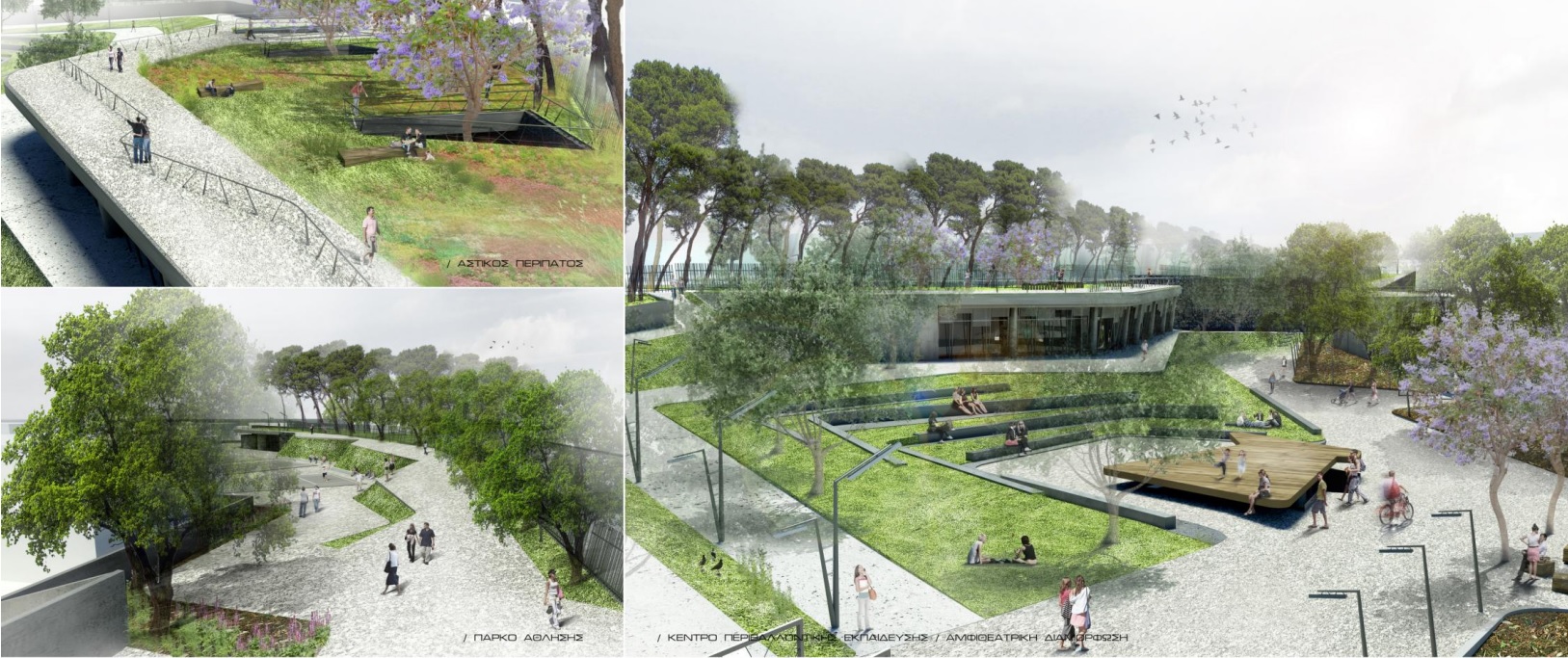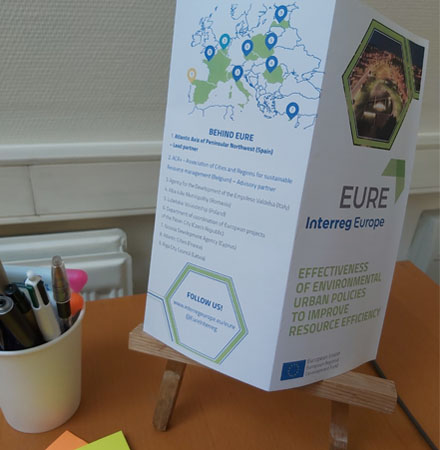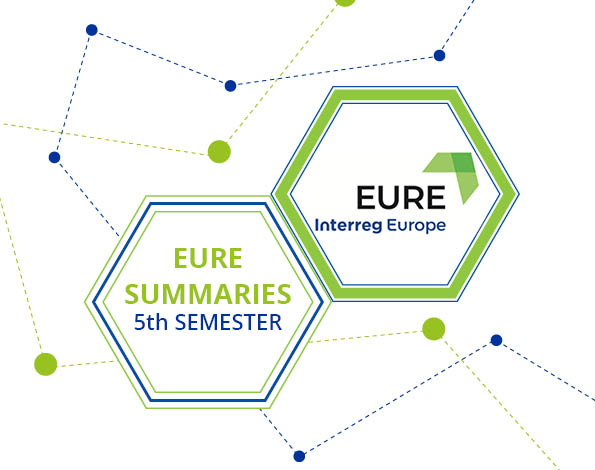Riga is the capital of the Republic of Latvia, founded in 1201. In recent decades Riga, with its region, has developed into the most important financial and trade center of the Baltic region. Due to its strategic location - by the Baltic Sea, between Russia and the Nordic countries - as well as its port, Riga quickly became desirable to many foreign powers for centuries to come. Nowadays Riga City is both a major entry point to the Baltic region with the largest airport in the region and a major tourist destination.
Riga city is the cultural and political center of Latvia, home to more than a third of the country’s population. In the beginning of 2022, Riga counts more than 655,000 inhabitants, but Riga metropolitan area core space reaches around one million inhabitants - almost half of the country’s population. This makes the capital region the main driving force of the Latvian economy.
In the same time Riga faces all the typical challenges that shrinking capital cities with the growing metropolitan areas experience. Solving these requires a close collaboration among city, region and state to coordinate socioeconomic processes and the development of infrastructure in the metropolitan area. The President of Republic of Latvia promulgated a new Law on Administrative Territories and Settlements in June 2020, with the aim of creating economically viable administrative territories with local governments. As a consequence, Latvia moved from 119 to 43 municipalities that started their work in 2021.
The same year, territories of planning regions have also been modified. In the case of Riga, the administrative territory for the coordination of development planning by the regional authority is covering an area that is not exactly the same but similar to the functional urban area of Riga City. Some meaningful areas that are functionally related with Riga city are included in other neighboring regions.
With its participation in the EURE project and in cooperation with the main local actors, the Riga City Municipality is interested to understand and to evaluate possibilities to increase support for the implementation of green infrastructure solutions in the urban environment within the framework of the Priority axis 4, 5 and 8 of the Operational Program “Growth and Employment” well as the specific support objectives subordinated to these priority axes. An additional goal is to promote targeted cooperation among Riga planning region, Riga City and neighboring municipalities, and other institutions involved in the management of EU funds.
What is the current state of play of Riga and its metropolitan area regarding Urban resource-efficiency, Sustainable land use, Sustainable Urban mobility, Environmental management performance?
Find an overview of Riga's action in these priority themes in the Regional Report Riga.
The report also provides a brief analysis of how the policy instrument addresses the objectives of the Action Plan for the Circular Economy and several good practices implemented in Riga City in the above-mentioned themes.



